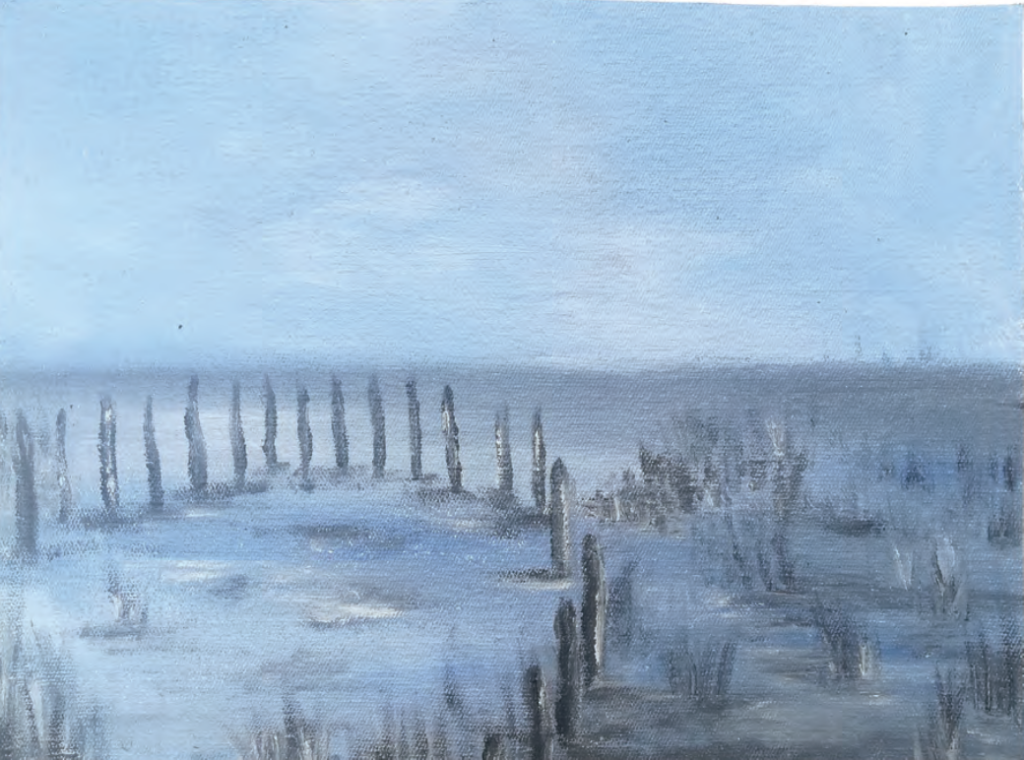Pathway Description
Introduction
Transdiciplinary research can be described as knowledge production that transcends academic disciplines to co-develop research with non-academic collaborators. Differently from disciplinary, multidisciplinary and interdisciplinary research, transdisciplinarity moves outside of conventional academic and institutional structures, and pursues participatory research methods to develop contextual and user-useful knowledge with people that are experts in their own right.
As the world grapples with complex social-ecological problems and sustainability challenges, transdisciplinary research is promoted as a favoured approach to ensure we are pursuing knowledge co-production processes amongst actors with various ways of understanding, knowing and being in the world. However, transdisciplinary research demands critical consideration of aspects such as free, prior and informed consent, opportunities to co-develop the research objectives and methods with non-academic co-researchers, attention to existing power relations, time and resources to adequately co-produce knowledge, and willingness to learn, and unlearn. This learning programme therefore outlines when and how to do transdisciplinarity, and provides relevant resources that can assist researchers and practitioners wanting to pursue what we refer to as strong transdisciplinarity.
In short, strong transdisciplinarity refers to a process where non-academic co-researchers take an active part in the co-design, co-production and co-dissemination of the co-developed knowledge. This approach to transdisciplinary research requires close consideration to ethical practices, reflexivity, attention to context and adapting the process to co-researchers’ needs and interests. As transdisciplinarity is about process, not product, it is vital to revisit the research objectives throughout the research, and provide opportunities for people to collaboratively reflect on the collaborative journey. This learning pathway also provides relevant resources to show examples of transdisciplinary research projects that people can learn from.
Theme: research methods, research designs, research with non-academic collaborators
Time required for the completion of the full pathway: 1.5 hours
NOTE that you need not complete the entire learning pathway in one session.
Learning outcomes
By the end of this course, you should have greater understanding of:
- How to define, and distinguish, transdisciplinary research
- When and how to pursue transdisciplinary research
- Crucial considerations for conducting research with non-academic co-researchers
- Real-world applications of transdisciplinary research
This learning pathway has been written by Dr Mia Strand who is a One Ocean Hub marine social science early-career researcher from Nelson Mandela University, and a postdoctoral research fellow with the Ocean Nexus
Pathway Content
Module 1 Transdisciplinarity and differences between disciplinarity, multidisciplinarity and interdisciplinarity
The growing demand for research with real-world applicability in addressing complex sustainability challenges has led to increased interest in transdisciplinary research. When researchers pursue what can be called 'strong transdisciplinarity', this approach transforms traditional roles, responsibilities, and contributions, emphasising collaborative organisation and management.
Module 2 When to do transdisciplinarity
Although transdisciplinary research is often promoted as the ideal approach to tackle societal issues, there are several conditions that should be considered for when to do transdisciplinarity. Some of these conditions are described in this Module, such as adequate time and resources to develop meaningful relationships with co-researchers.
Module 3 Crucial considerations for transdisciplinarity
When you have come to the conclusion that transdisciplinary research can be pursued with adequate time, resources, institutional support, flexibility, willingness to learn and through a co-developed exploratory process, there are some critical aspects for the researcher's toolkit. These aspects are explained in the introduction, and illustrated with examples.
Module 4 What does and does not work
To make sure that transdisciplinarity does not perpetuate extractive tick-box exercises and rather lead to an illusion of inclusion, there is a need to prioritise participatory processes throughout the collaborative journey. The Module proposes a five step approach to transdisciplinary research, followed by illustrative examples from the Hub and further afield.
Module 5 Quiz on transdisciplinarity
Take our quiz to test your knowledge - and provide feedback on the learning pathway (3 minutes)
Start Learning Pathway